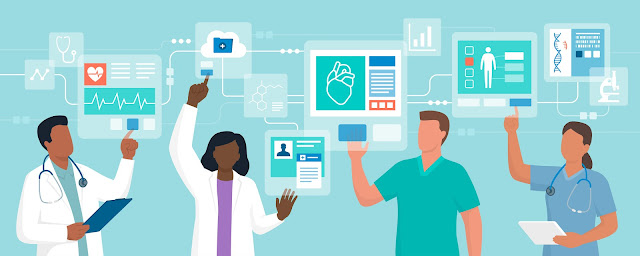Artificial intelligence: a radiologist’s virtual consultant - The segmed team

A radiologist is not someone who typically comes to mind when people think of a doctor. Radiologists most often diagnose and treat patients through the help of medical images, such as x-rays, computed tomography (CT), and ultrasound. Dr. Michael Larson , a radiology resident at the Banner University Medical Center Medical Imaging Department in Arizona, enjoys his job because it is like “being a medical Sherlock Holmes.” Radiologists observe details and patterns that help them form a coherent story about a patient, sometimes from a single image. They are often unseen leaders, piecing through puzzles they are trusted to figure out. As technology advances, healthcare is relying more heavily on imaging data. Radiologists are being called to action as imaging volume increases. Unfortunately, this heightened workload removes them from their detective work, replacing the feeling of passion with that of exhaustion. In the annual Medscape National Physician Burnout and Suicide Report of this...








